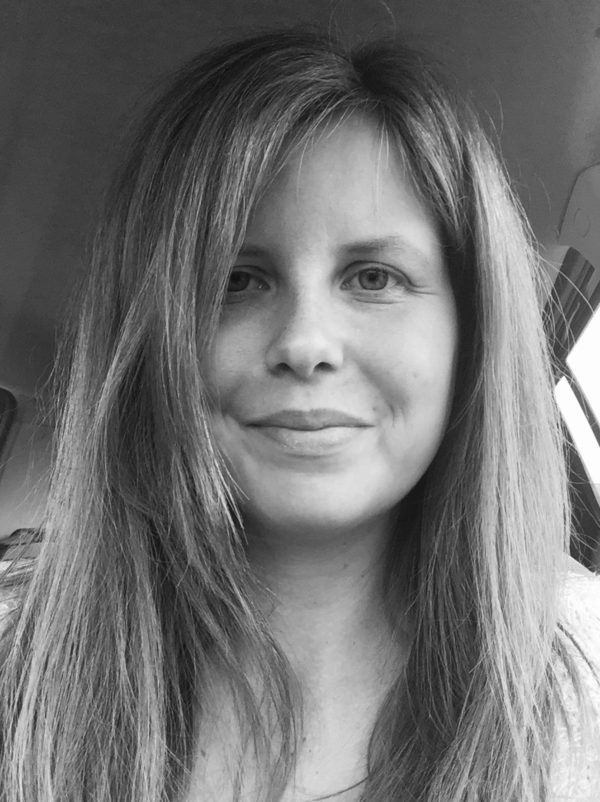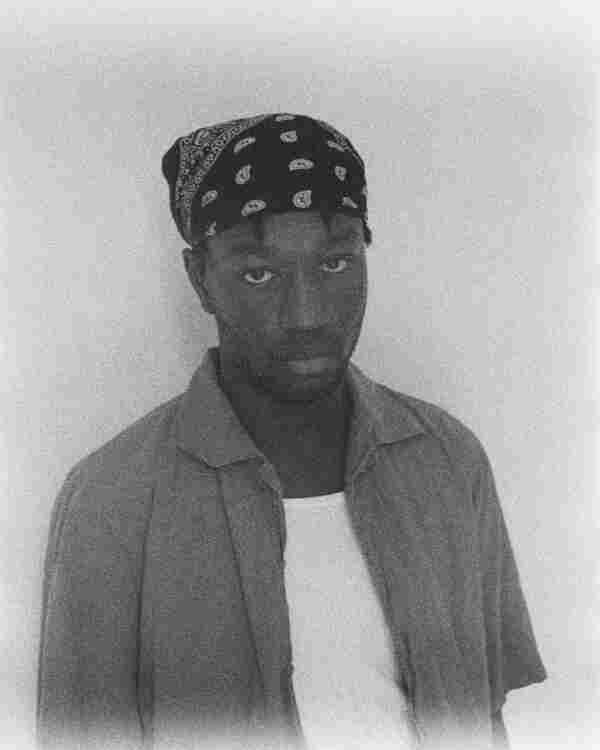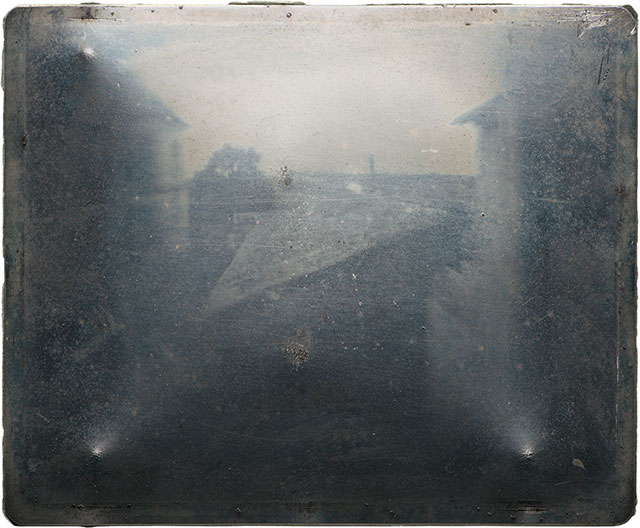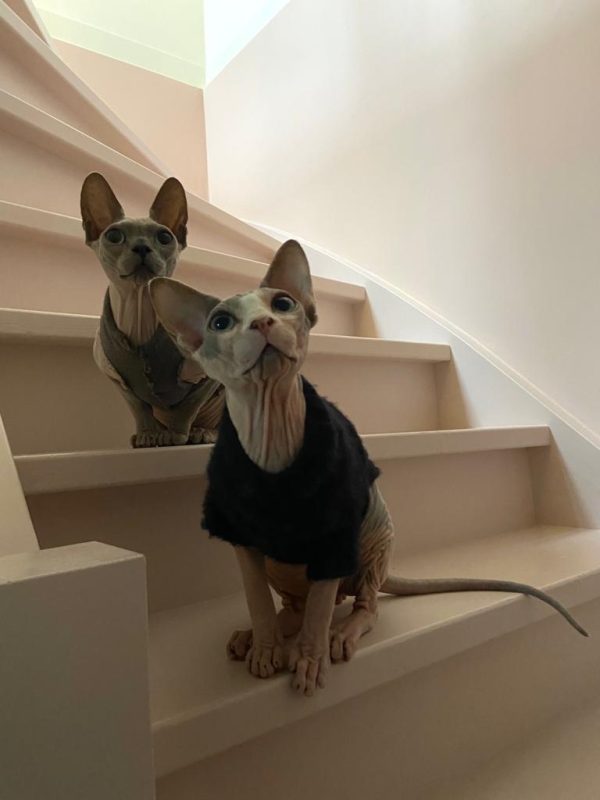Read Time 11 minutes
Pre-Raphaelites & the camera: photographing obsession
The Pre-Raphaelite Brotherhood created art which still captures our imaginations today – in fact, this small group of London lads managed to produce some of the most enduring images in art history, and they were doing this just at the time photography entered the scene.
How did this movement, predominantly preoccupied with painting and poetry, interact with the new medium, and how can we interrogate nineteenth century photography to better understand the Brotherhood and their circle? Historian Rebecca Batley explores.
With their devotion to realism, the Pre-Raphaelites ought to have been a natural coconspirator for the newly emerging medium of photography, but the truth of the relationship was rather more complex. This Victorian artistic movement, which sought to convey truth and realism in the manner of art prior to Raphael, was founded in 1848 by seven supremely talented and freethinking men, amongst them William Holman Hunt, John Everett Millais, Gabriel Dante Rossetti, his brother William, and Thomas Woolner. They would eventually become famous for their art and infamous for their unconventional personal lives and the tragedies that befell, predictably and primarily, the women in their lives.
Photography, which was entering the mainstream around this time, is tricky. Lying somewhere between art and science it claims to capture a person absolutely, yet the skill of the photographer allows for artistic interpretation. For the Pre-Raphaelite Brotherhood realism meant representing nature as realistically as possible to create both ‘moral beauty and truer art.’ They wanted to make art that was as realistic as possible but they paradoxically didn’t like photography because it is too real. In fact it’s only through photography that we can understand their reality at all.

Since its introduction in the 1830s photography had, according to curator and scholar Diane Waggoner ‘exerted a strong influence on the Pre-Raphaelite art movement,’ but it was not a one-way street. Pre-Raphaelitism itself had a strong effect on the emerging photographic movement as its early pioneers such as Julia Margaret Cameron and Oscar Gustave Rejlander sought to emulate the romantic allegorical style of artists like Millais or Rossetti. Influential critic John Ruskin loathed the newly emerging photographic style, believing it to subdue artistic talent, Rossetti pigeonholed it, but others saw its potential. Enter: photographers like Henry Peach Robinson. His work interpreted, using the camera, the Pre-Raphaelite dedication to narrative storytelling and realism. He drew from the mediaeval style of Burne-Jones and William Morris, artistic pioneer. Robinson’s images are wonderfully melodramatic and hugely popular but they were viewed negatively by the Brotherhood itself who felt that it was almost a way of ‘cheating’ at art. He robustly defended his work, arguing that the creation of his images were just as taxing on the artistic mind as the creation of a painting was on the artist.
For William Holman Hunt, photography was a way in which he could further his reputation and expand his influence; ie, a marketing tool. His paintings were praised for their near photographic quality with precise delineation of detail, and he greatly relished the new medium for its reproductive value. On a tour of Jerusalem he visited the photographer James Graham, and used some of his images as the basis for his works, but he also saw photography as a means to explore and expand his art. A stereoscopic image of him posing with a book––broadcasting artistic insouciance to the viewer––was one he particularly liked and he saw it as an extension of his art, the realism of his image adding gravitas to his work rather than detracting from it. James Collinson also saw the artistic merit of photography, in capturing the realism he so loved. He took photographs himself in later life, such as Blind Tom, the local blind basket maker, and he saw photography very much as an evolution of painting, a means through which his dreams of realism could be realised. The role of photography in his work and life was therefore profound.

Perhaps the influence and paradox of photography within the Pre-Raphaelite circle can best be seen in the life and work of artist and poet Gabriel Dante Rossetti. Christina Rossetti, herself a brilliant poet and sister to William and Gabriel, famously wrote of his first wife, the artist Elizabeth Siddal, that he drew her over and over again ‘not as she [was] but as she fills his dreams.’ Whilst this seemed incredibly romantic to my teenage self, when I first encountered the Pre-Raphaelites, walking around the Tate gallery, as an adult it affects me in a very different way. Now it infuriates me that Rossetti distorted and reworked the women he loved, making them into his ideal, obscuring their reality. Of course he also ensured their immortality, but there is no doubt that women in Pre-Raphaelite art are too often seen as mere vessels for the artist: passive and idealised. As muses they had an important role to play, but they were also so many other things. The photographs which exist of them can help us in our attempt to reach them, shining light on their humanity and making them something which in the artist’s vision they could never be: flawed.
Nothing exemplifies this more than the fact that, despite his passionate obsession with her, Rossetti hated the photographs taken of Elizabeth Siddal. When Georgiana Burne-Jones asked for photographs as keepsakes after Lizzie’s death, Rossetti obliged, but only with photos of his own sketches of her, as he felt that ‘on several occasions when attempts were made to photograph [Lizzie] from life, they were all so bad none have been retained.’ He destroyed them, controlling Elizabeth’s idealisation to the last, much to the chagrin of her friends, who understood perfectly what he was doing.


We have more luck looking at images of the model and embroiderer Jane Morris [wife of William] when analysing how his love/hate relationship developed with photography over time. Jane Morris was Rossetti’s lover and chief artistic obsession in the latter years of his life. Rossetti commissioned and paid for images of her to be taken by the pioneering photographer John R. Parsons. Rossetti stage-managed every aspect of these images, intending to use them as the basis for his paintings when Jane was not available to sit for him. He may also have wished to create his own reflections of the similar images by Julia Margaret Cameron which had appeared the previous year, in which her heavy draped maidens echo Pre-Raphaelite narrative romanticism. Their role was intended primarily to be purely practical, but it did not quite work out that way.
In all Rossetti’s paintings of Jane she stares out at us, doe-eyed, beautiful yet ultimately passive, but in the photographic portraits she is something more. The images are strong, striking and they reveal her to be human in a way she never could be in Rossetti’s art. In one image she is on the verge of laughter, hardly fitting for Prosperine, in others she looks bored to tears, her mind clearly elsewhere. Perhaps this mundane reality was what Rossetti saw when he later attempted to paint over one of the frames, imposing his idealisation on the ‘real Jane’ over that offered to the viewer by photography. Ruskin echoed this view: he saw the art of painting as something magical, revealing something about both the subject and the artist. He argued that there is more humanity and nature to be found in the work of Rossetti, Millais or Turner than could ever be found in any photograph. Photography in contrast dealt purely, in his view, with the mundane, he would argue that Parson’s images sought to reduce rather than reveal Jane Morris. Today, fashionable feminist studies seeking to redress the historical bias tend to be more interested in the women on the canvas than the male artist wielding the paintbrush. Rather ironically, Rossetti’s quest to create a photographic aid for himself has unintentionally given us a unique glimpse ‘behind the scenes’ of Jane’s world and the woman she was. The power of photography.


Rossetti’s interest in photography was much keener when it came to documentary work. He commissioned photographic images of himself, and photographic evidence exists of him with friends and family. In photographs taken at Cheyne Walk by Charles Dodgson, the writer better known as Lewis Carroll, he is revealed to be a serious, bearded gentleman, handsome before excessive alcohol and laudanum use took its toll. In another he plays chess with his sister Christina, concentrating fully, aware that if he did not she would beat him. The photograph here literally gives life to his reality. He was much happier with these images than he was those of Jane Morris, perhaps because they were not to his mind ‘art,’ or attempting to be. During the same visit he asked Dodgson to photograph his drawings, again as a record of his work and life rather than as an artistic endeavour. He viewed these images more as scientific experiments, fascinated as he was by new technology. Photography, it seems for Rossetti, was primarily something practical.
There is no doubt that Pre-Raphaelitism and photography influenced each other and became increasingly intertwined, even where unconsciously so. Today they are as inseparable as Rossetti is from Elizabeth Siddall or Jane Morris. Their legend continues to grow as abundantly as Lizzie’s hair continued to grow after her death, according to legend. Ironically though, given Rossetti’s intentions, photography does allow glimpses, moments when we can separate the men and women from the myth and from each other. Not Proserpine but Jane occasionally catches our eye, reminding us that she was a real woman before she became mythologised. Rossetti, instead of projecting the Byronic image that stalks his works, becomes a child again, a brother more intent on beating his sister at chess than in great matters of artistic merit. The study of photography and the Pre-Raphaelites has the power to flaw and to illuminate, and to connect us with their humanity in a way which is not always possible with their art: that is why it continues to fascinate.
END
subscribe for the latest artist interviews,
historical heronies, or images that made me.
what are you in the mood for?










